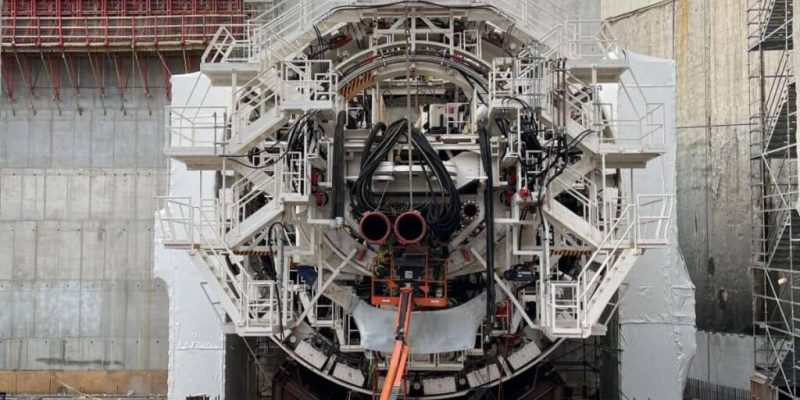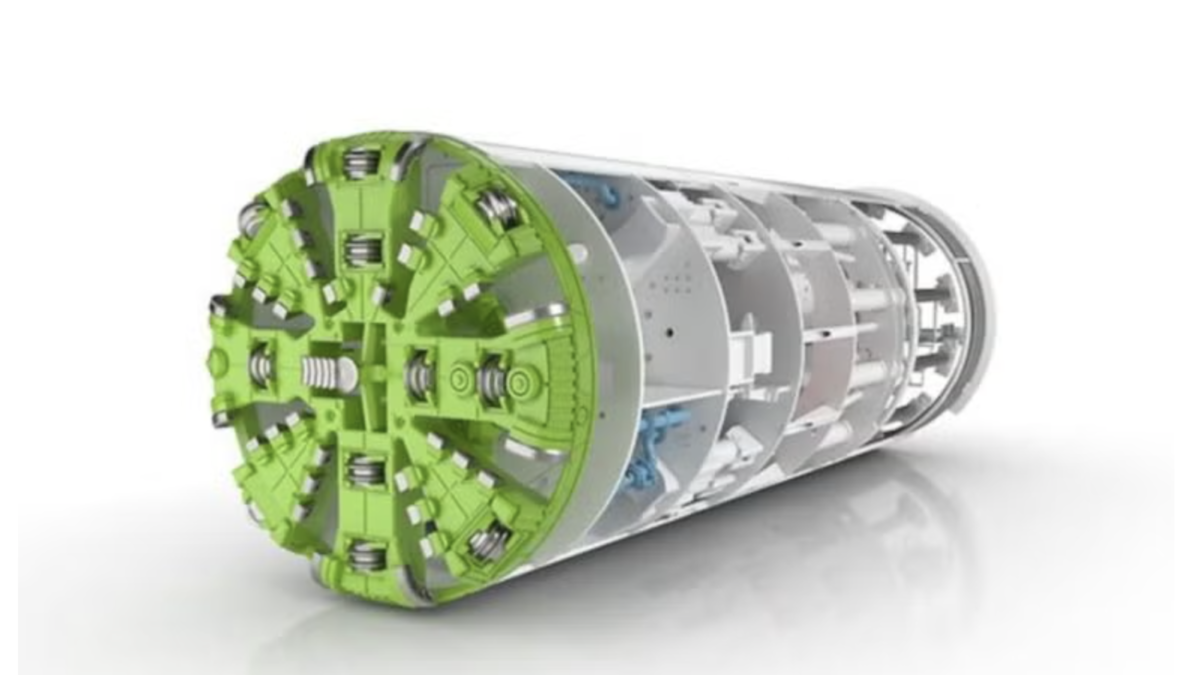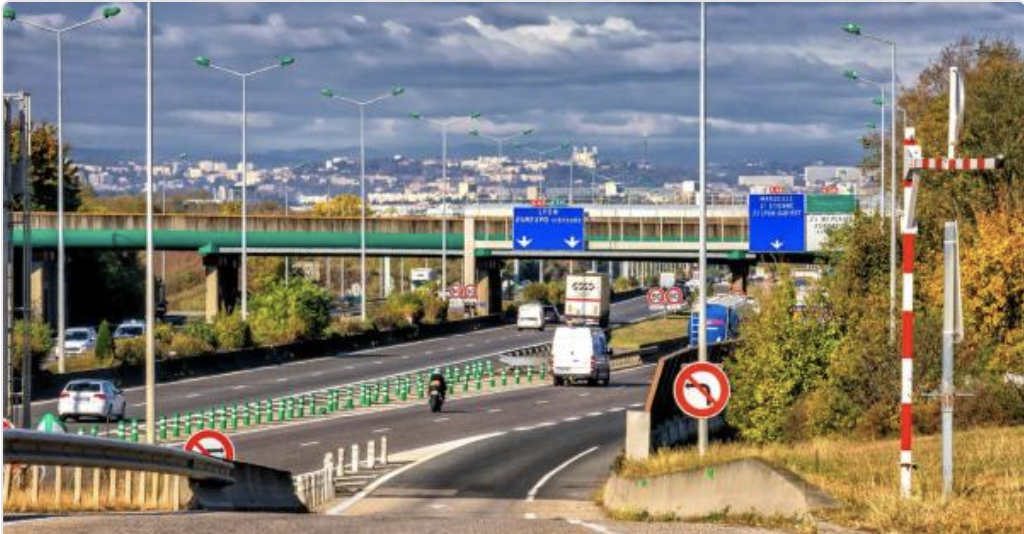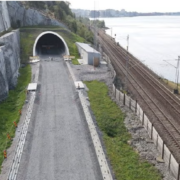
In order to upgrading a motorway and construct new tunnels among Hampton and Norfolk in Virginia, USA, assembly of a giant tunnel boring machine (TBM) has caused a step forward at the Hampton Roads Bridge-Tunnel Expansion Project with US$3.8bn (£3.1bn) value.
Extending the current four-lane segments along almost 16km of the I-64 corridor in Norfolk and Hampton, the Hampton Roads Bridge-Tunnel Expansion Project is due to add two new twin two lane bridge tunnels underneath the Hampton Road’s harbour that will carry eastbound traffic from Hampton to Norfolk. The location of excavating new tunnels will be next to the existing Hampton Roads Bridge-Tunnel, which comprises two immersed tube tunnels.
As the largest highway construction project in Virginia’s history, the project intends to raise capacity, ease major congestion and boost travel time reliability, whereas the scheduled date for its completion is November 2025.
The Hampton Roads Connector Partners (HRCP) is the joint construction venture delivering the project.
In accordance with Hampton Roads Bridge-Tunnel Expansion project director Jim Utterback’s statement, the assembly process of the 14m diameter Herrenknecht TBM named Mary that is slated to be used to dig the new tunnels, is undergoing, while the 430t TBM cutterhead was lowered into the launch shaft on the South Island and attached to the TBM in January.
Following completion of all the testing, the TBM will commission from the Norfolk side of the harbour and commence its journey towards Hampton.
Until reaching the Yorktown layer of soil, which is about 15m beneath the current tunnels, the daily function of this TBM will be almost 15m.
Considering that the TBM is due to excavate the tunnels with a circular cross section through the soil, the process is going to take more than two years.
Additionally, in order to supplying slurry to the TBM during the mining process and also separating and filtering the dug soil upon its return to the STP, the slurry treatment plant (STP) will be critical to the tunnel mining operation.
The de-sanding unit of the project’s STP is one of the largest in North America, is electric powered, and will operate 24 hours a day while the boring process is underway.
“The past month has seen construction crews make final preparations to allow the opening of the new temporary South Island eastbound marine trestle. This trestle will temporarily carry traffic coming out of the eastbound tunnel so crews can begin demolition of the existing bridge. That demolition will allow crews to continue pile driving for the new permanent trestle and begin the necessary expansion of the South Island,” said Utterback.
On top of this, crews have made advance on bridge rehabilitation activities underneath the Willoughby Bay, Mason Creek and Oastes Creek bridges, as well as all the bridge and roadway widening activities. The landside widening work is the enabler for the new bridge tunnel capacity.
In the 2020, Virginia Department of Transportation gave the project the go-ahead after it issued a notice to proceed to start building the project.
















